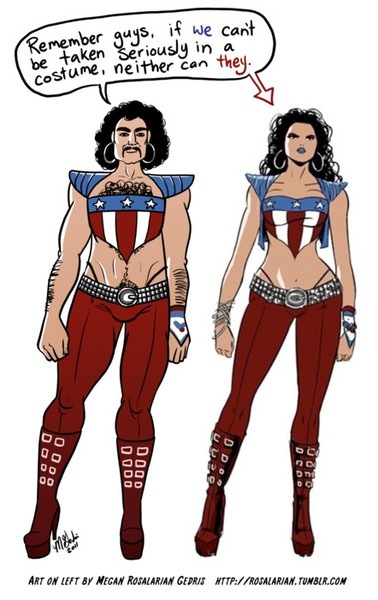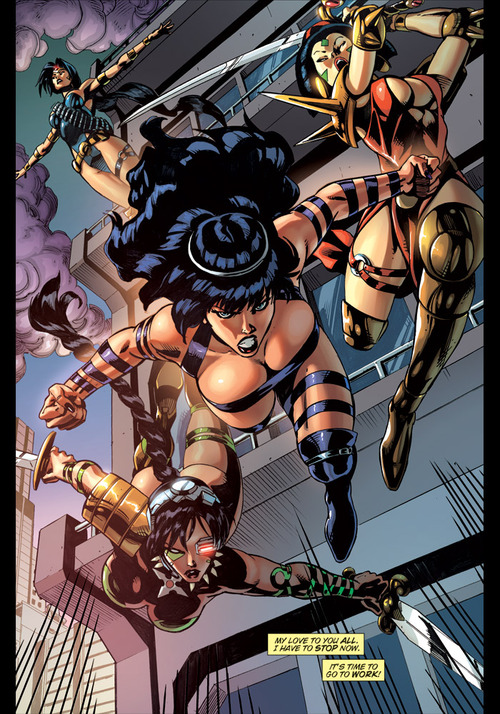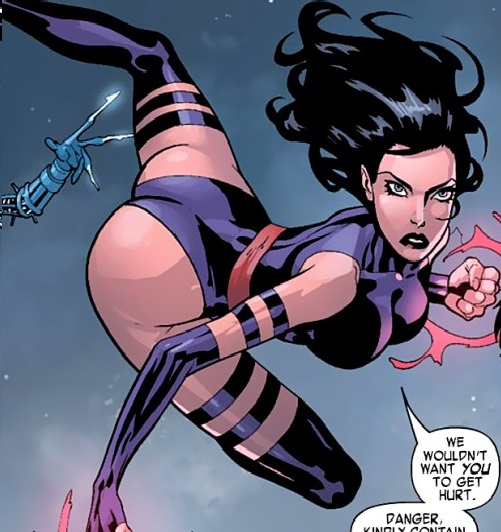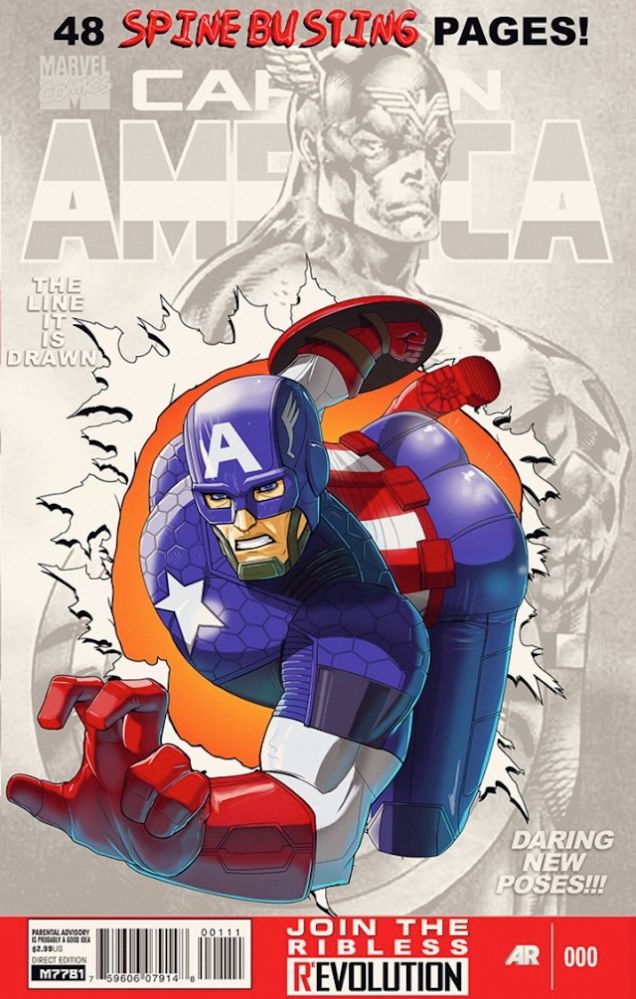
|
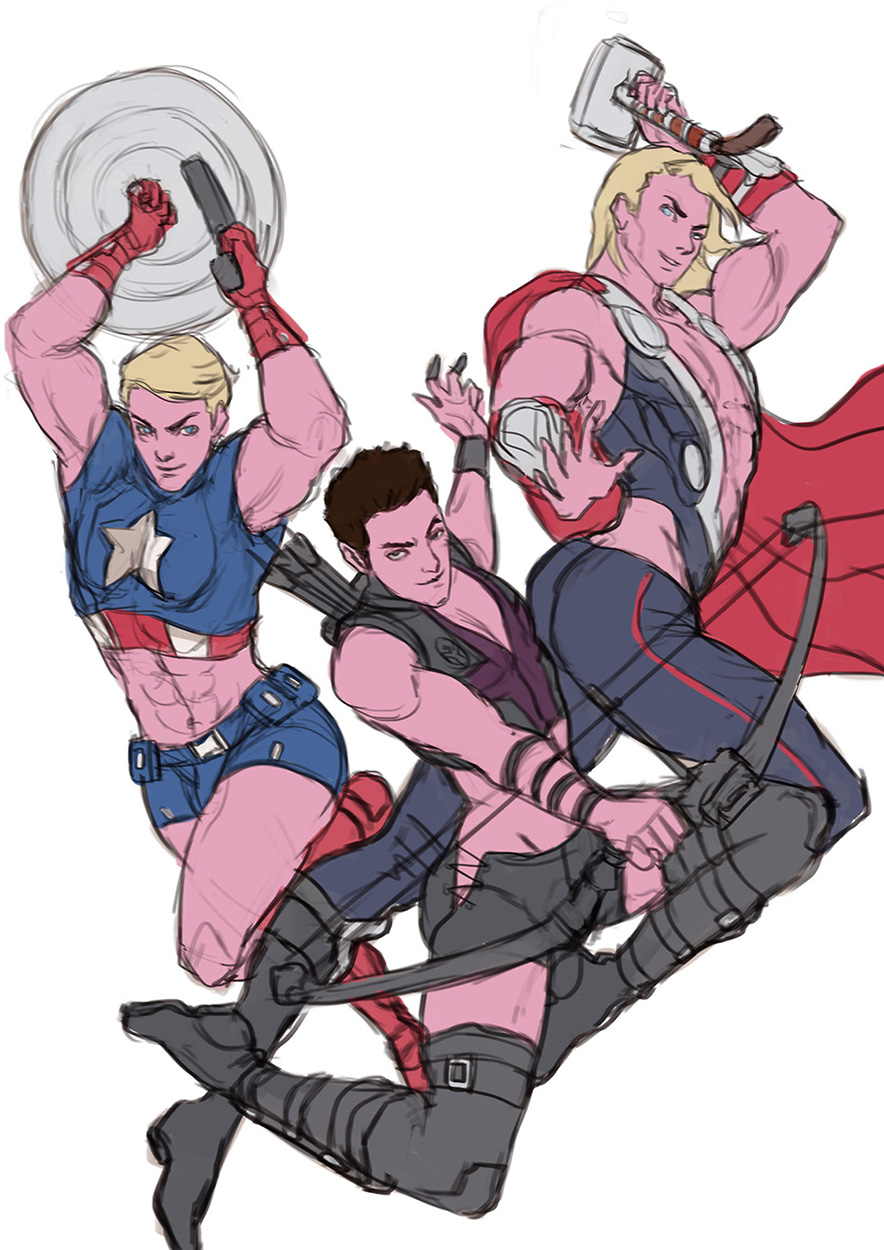
|
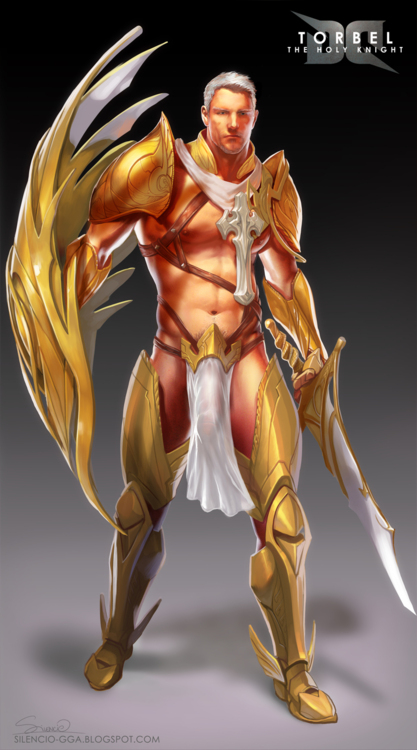
|
By: Emma Aird

|

|

|
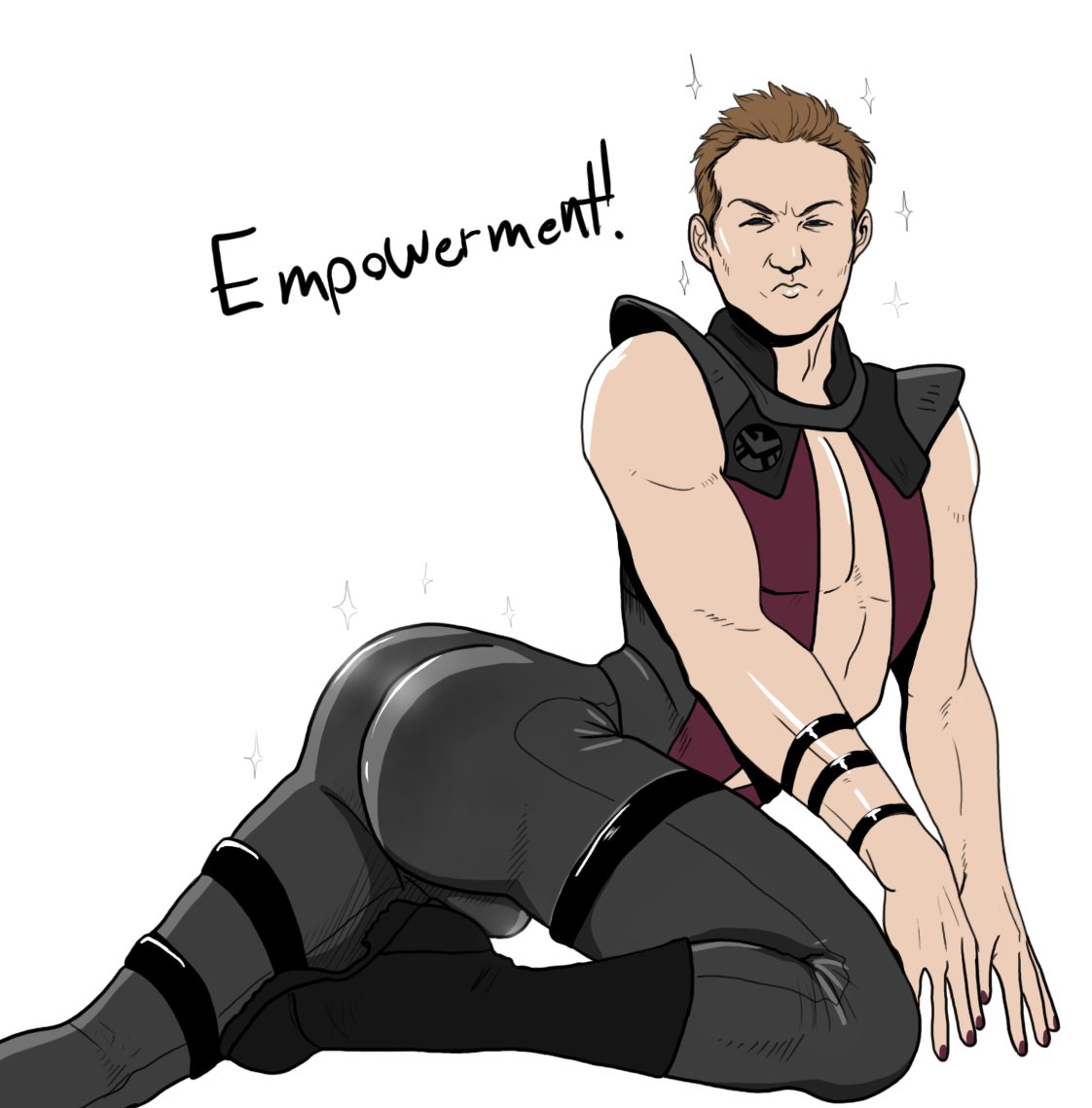
|
|
It is important to understand the concept of fans, because fans are the 'reason' why animated females are drawn the way they are, as it is called 'fan service'.
Fans are simply "individuals who have a passionate relationship to a particular media franchise" (Jenkins, Ford, & Green 2013, 166).
Many fans are part of a fandom; a group of fans that has formed together the Internet around a shared media franchise.
Members of fandoms often "consciously identify as part of a larger community to which they feel some degree of commitment and loyalty" (Jenkins, Ford, Green 2013, 166).
It is important to note that not all fans of specific media franchise belong to that media franchise's fandom.
Though the more passionate and active fans tend to be part of the fandom.
Although there is nothing inherently derogatory about the word "fan", fans are often given a negative image. There seems to be two main types of fans found in reference to fans and fandoms. The first type of fan “is that of the obsessed loner, who (under the influence of the media) has entered into an intense fantasy relationship with a celebrity figure" (Jenson 1992, 11). This individual is often thought to be isolated and suffers from separation from the rest of the world, this separation from the rest of the world encourages their deranged fantasy. The second type of fan or "another version of fan pathology… [is] the image of a frenzied or hysterical member of a crowd" and sometimes even the frenzied crowd itself. A fan in a frenzied crowd is often given a particular image in the media. If the member of the frenzied crowd "is female, the image includes a sobbing and screaming and fainting" all induced "by the chance to see or touch" their idol (Jenson 1992, 15). If the member of the frenzied crowd "is male, the image of drunken destructiveness, a rampage of uncontrolled masculine passion that is unleaded in response to a sports victory or defeat" (Jenson 1992, 15). Fans are often seen as obsessed, insane fanatics and fandoms are seen as the products of the "excessive, bordering on deranged, behaviors" of the fanatic fans (Jenson 1992, 9). Under this definition of fans, anti-fans (the opposite of fans) might be assumed to be apathetic and care nothing about a given text. This is not the case. Anti-fans, who hold negative opinions on a text, are those who are vocal about their dislike or enjoy seeking out criticism of a text they hate. Differentiating anti-fan from non-fans, Jonathan Gray has written that “anti-fan have long been fans" of a media franchise, but like their fan counterparts "they often form social action groups" (Gray 2003, 71). Both fans and anti-fans, especially those involved in fandoms and anti-fandoms are part of participatory culture. Participatory culture is the "cultural production and social interactions of fan communities" (Jenkins, Ford & Green 2013, 2). As the material of a media franchise spread across the inter, audience members take part in participatory culture through reforming material to "better serve their interests" (Jenkins, Ford & Green 2013, 27). This re-mixing is an integral part of how fans interact with fandoms and how anti-fans interact with anti-fandoms. Jenkins, Ford & Green even argue that "fan groups have often been innovators in using participatory platforms to organize and respond to media texts" (Jenkins, Ford & Green 29). The images I am going to be showing on this image are done by fans who are acting as both fans and anti-fans of these three mediums. While they might enjoy the mediums and their stories, they are tired of how females are portrayed in them. |
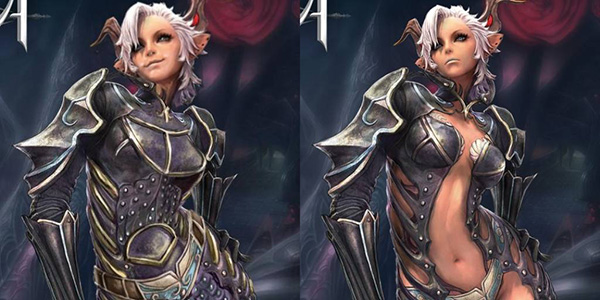
|
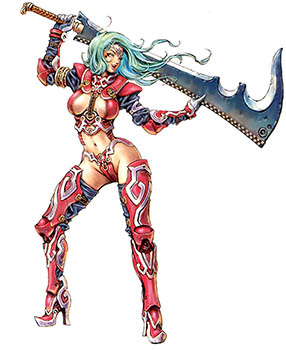
|
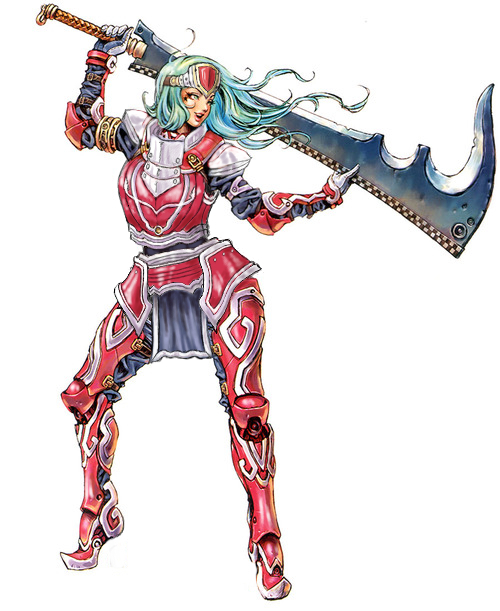
|
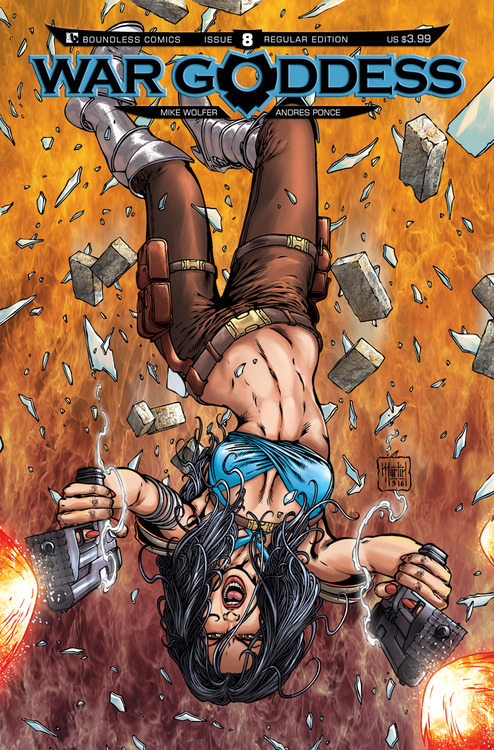
|
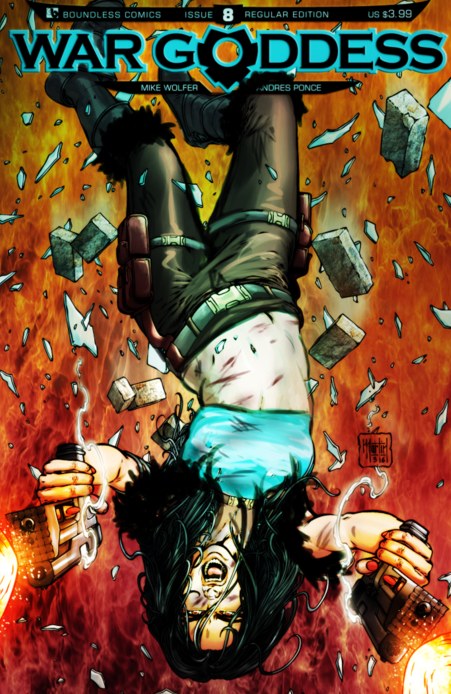
|
| One way fans interacting with these mediums, is by 'correcting' the images produce by the three medium franchises. Correcting entails fixing the body positions or anatomy of the female characters are drawn in. Fans also redraw the female character's armor, so that it is actually practical and will protect their vital organs. |

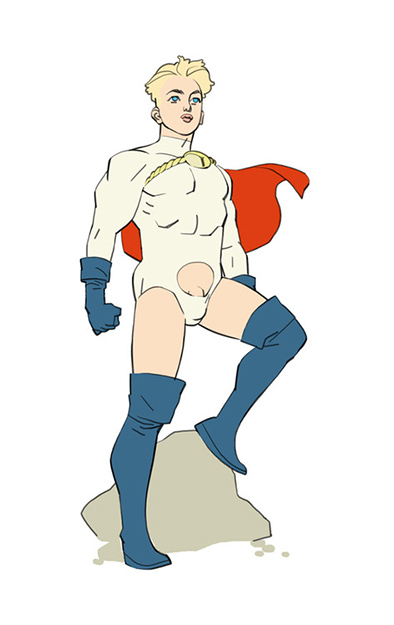
|

|

|
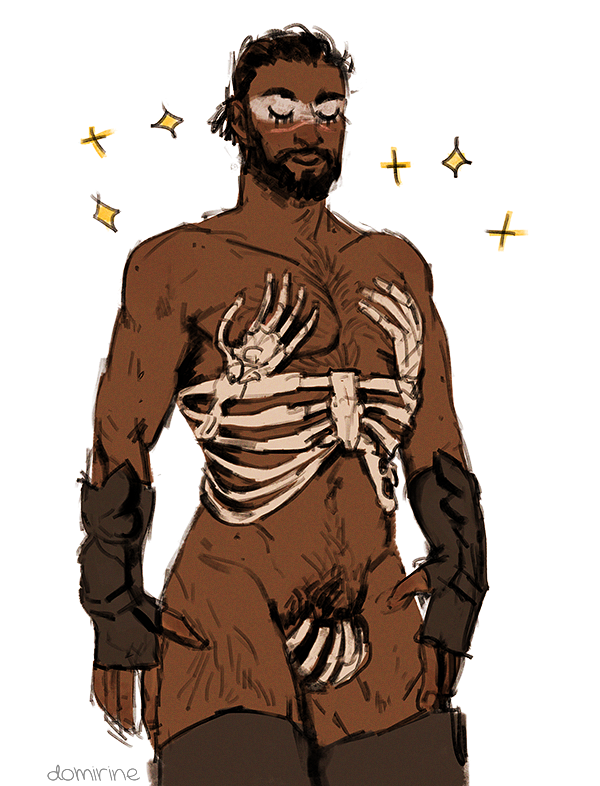
|

|
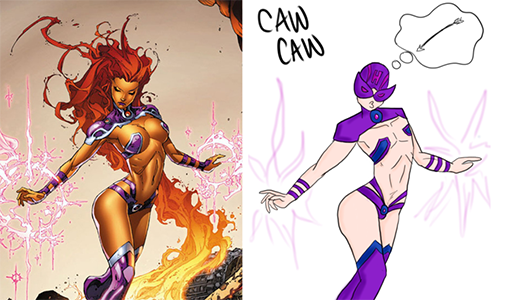
|

|
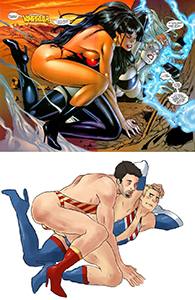
|
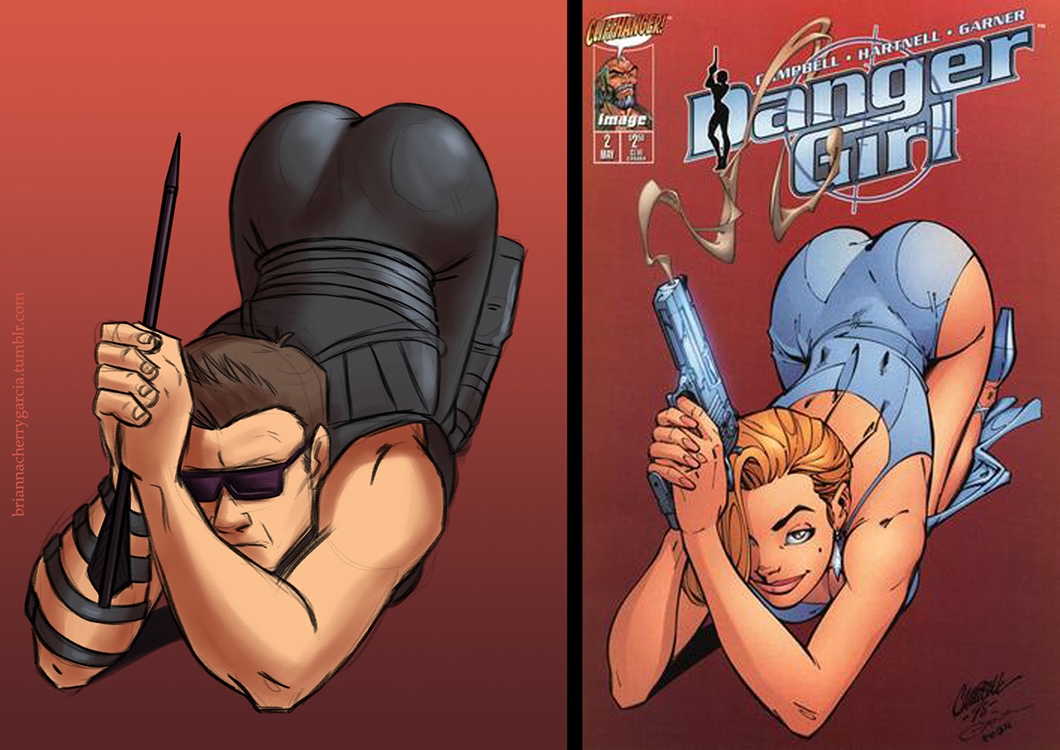
|
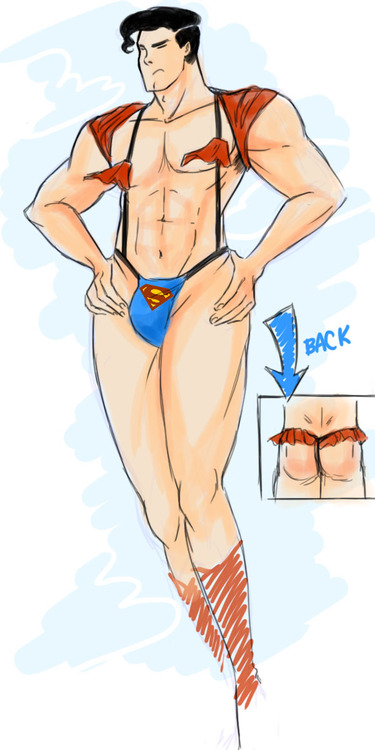
|
A lot of fans of comics, anime/manga, and video games rather like the way female characters are drawn or simply have become accustomed to it.
Many fans argue that men are just as objectified.
Also that this is simply just an artist’s choice of animation style and people are being too harsh.
Other fans argue that female characters are more than just their bodies and it is even more sexist to focus on how women's bodies are portrayed, instead of focusing on the characterization.
They argue that the way their bodies are portrayed is not a problem, as long as the females are developed characters.
I would have to that this is not one artist’s choice of style; this has become the norm for female characters, which is the problem. Even if the female characters are more than mere sex objects in the context of the stories (and a good amount of them are just their for the male character's characterizations) they are drawn as sexual objects. Also, while men are drawn with large muscles and in some awkward positions, it is not the same. It would be the same if every time Batman appeared in his comic, the artist drew focus on his giant cock which would always be hard and defying the laws of gravity, as somehow it manages to stay inside a revealing outfit. It would be the same if you were made uncomfortable by this image, but every time you mentioned it, people told you that you were ruining the comic and that it simply just the way things are, so you shouldn't complain. If that happen I would argue that the ways men and female are portrayed and objectified in comics, manga/anime, and video games is equal. |
